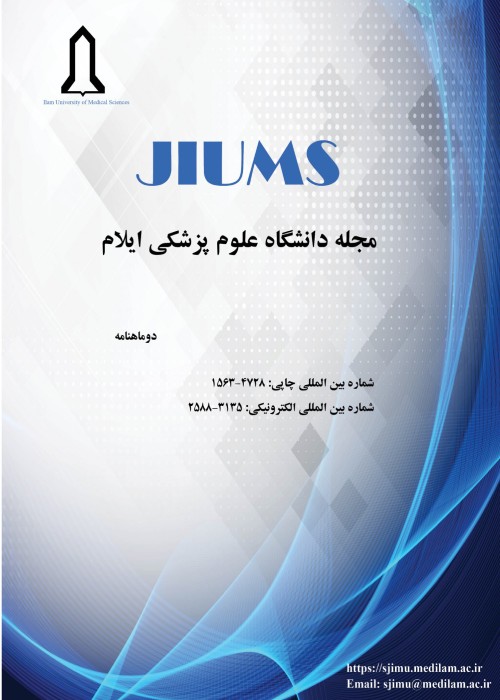Theoretical, Instrumental, and Cytotoxic Evaluation of Synthetic Zinc Ferrite Nanoparticles for their Use in Targeted Drug Delivery to Target Tissue: Nano-Biophysical Chemistry Approach
Today, the use of magnetic nanomaterials promises purposeful and intelligent drug delivery. These magnetic drug nanocarriers can respond appropriately and intelligently to the external magnetic field, which can be used to selectively release the drug into the target tissue. Therefore, this study investigated the synthesis of zinc ferrite nanoparticles and some of their structural, electronic, and magnetic properties. The ultimate goal of this study is to use nanotechnology and quantum mechanics in intelligent and targeted drug delivery to improve the patient's quality of life and reduce the destructive effects of unwanted drug distribution in healthy tissues.
In this study, zinc ferrite nanoparticles were prepared using heat treatment, and then the structural and magnetic properties of these nanoparticles were investigated using imaging-measurement methods on the nanoscale. In addition, cytotoxicity test (MTT) was performed on mouse fibroblast cell line (NIH3T3), and the results were analyzed using SPSS software. Moreover, using the results of quantum calculations, the chitosan molecular system was proposed as a coating for this drug carrier.
Analysis of the results obtained from X-ray diffraction (XRD) and electron microscopy (SEM) spectra confirmed the existence of spinel structure and the small size of these particles (20-23 nm). Furthermore, the results obtained from the vibrating magnetometer and the paramagnetic resonance spectrometer showed the presence of paramagnetic properties in the synthetic nanoparticles. In addition, the analysis of the results obtained from the vibrating magnetometer shows the low magnetic residue of the synthetic magnetic nanoparticles. This can be useful in the mechanism of targeted drug release. In addition, analysis of cytotoxicity (MTT) test results on synthetic nanoparticles showed that the toxicity of these nanoparticles depends on the concentration (dose) and time. Therefore, at concentrations higher than 20 µg/ml and also over time, the vital activity of cells decreased.
Based on the results obtained in this study, the use of magnetic zinc ferrite nanoparticles (coated with chitosan) for targeted drug delivery to the target tissue was suggested. The unique properties of these drug-carrying nanoparticles, such as good magnetic field response, good particle size, and low toxicity, enable the physician to have more precise control over targeted drug delivery to the target tissue.
- حق عضویت دریافتی صرف حمایت از نشریات عضو و نگهداری، تکمیل و توسعه مگیران میشود.
- پرداخت حق اشتراک و دانلود مقالات اجازه بازنشر آن در سایر رسانههای چاپی و دیجیتال را به کاربر نمیدهد.


